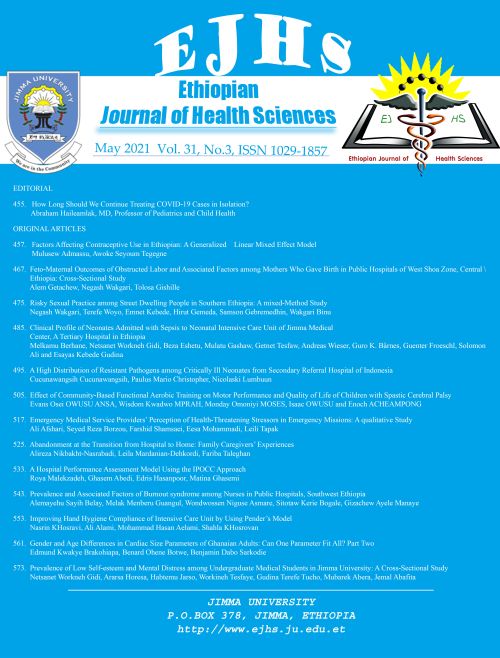Main Article Content
Frequency of Beta-Lactamase Antibiotic Resistance Genes in Escherichia Coli and Klebsiella pneumoniae
Abstract
BACKGROUND፡ This cross-sectional study was performed on isolates of Klebsiella pneumoniae, and E.coli from clinical specimens of patients admitted to Sayyad Shirazi Hospital by census sampling method in 2019. Antibiogram testing was performed using the disk diffusion method as defined by the Clinical and Laboratory Standards Organization for performing this test. Finally, the abundance of genes was evaluated by PCR using specific primers. Frequency, percentage, mean±SD were used to describe the data. Chi-square and Fisher’s exact tests were used to compare the presence and absence of the studied genes alone and in the presence of each other.
RESULT: This study was performed on 130 positive samples, isolated from 32 (24.6%) males and 98 (65.4%) females with a mean age of 43.78 ± 21.72. From the total number of 130 isolates, 84 (64.6%) consisted of E.coli, and 46 (35.4%) were Klebsiella. Most of the cultures were urine and vaginal (61.5%). The highest antibiotic resistance in isolates was cephalexin and cefazolin (67.9% in E.coli & 63% in Klebsiella). Colistin was identified as the most effective antibiotic (100%) in both. AMPC extendedspectrum β-lactamase genes were present in 40 (30.8%) isolates. The highest frequency about the gene pattern of AMPC positive β-lactamase bacteria was correlated to DHA, FOX, and CIT genes, while none of the samples contained the MOX β-lactamase gene. E.coli and Klebsiella beta-lactamase-producing AMPC isolates were also significantly correlated with antibiotic resistance to the cephalosporin class (P <0.05).
CONCLUSION: This study indicated a high percentage of resistance to third and fourth generation cephalosporins. Hence, careful antibiogram tests and prevention of antibiotic overuse in infections caused by AMPC-producing organisms and screening of clinical samples for the resistance mentioned above genes and providing effective strategies to help diagnose and apply appropriate treatments and change antibiotic usage strategies can partially prevent the transmission of this resistance.






